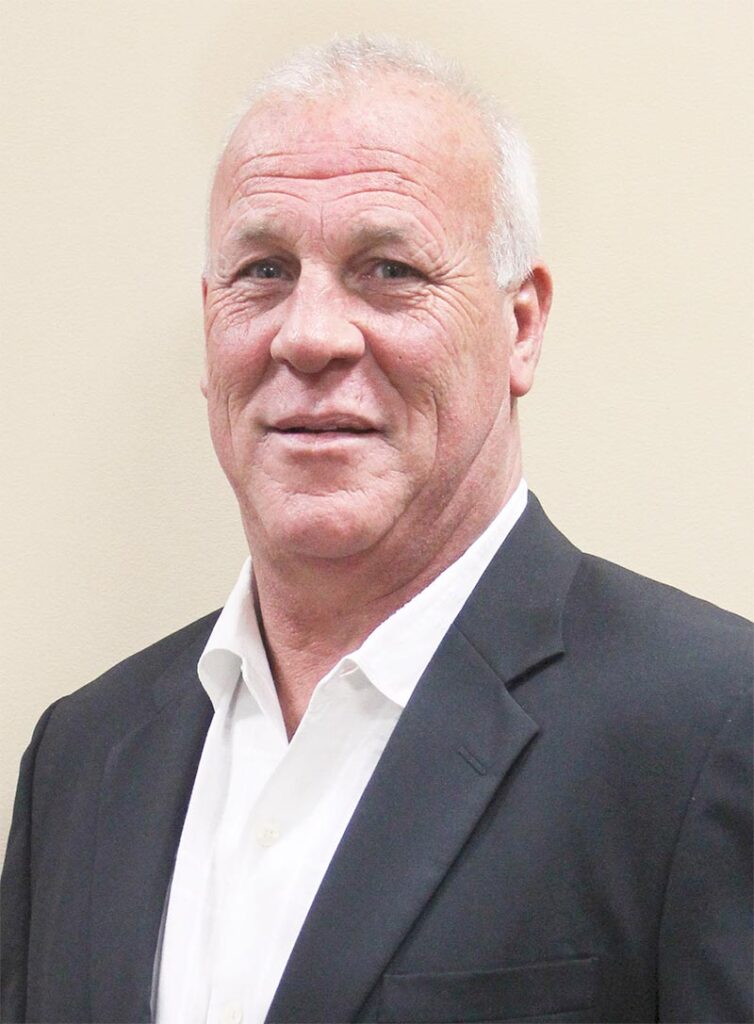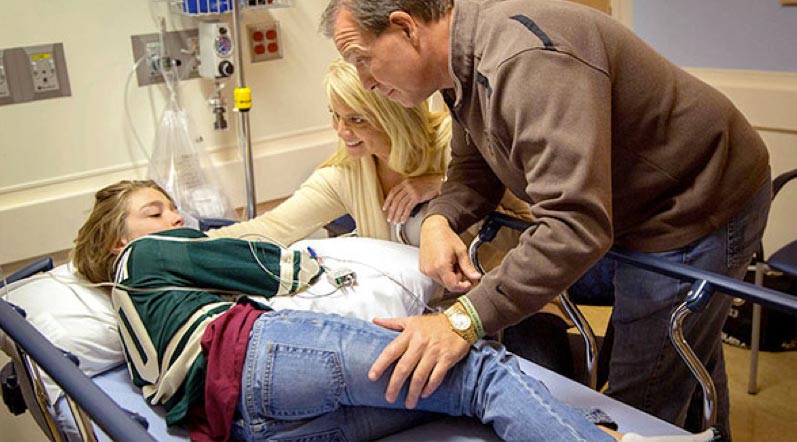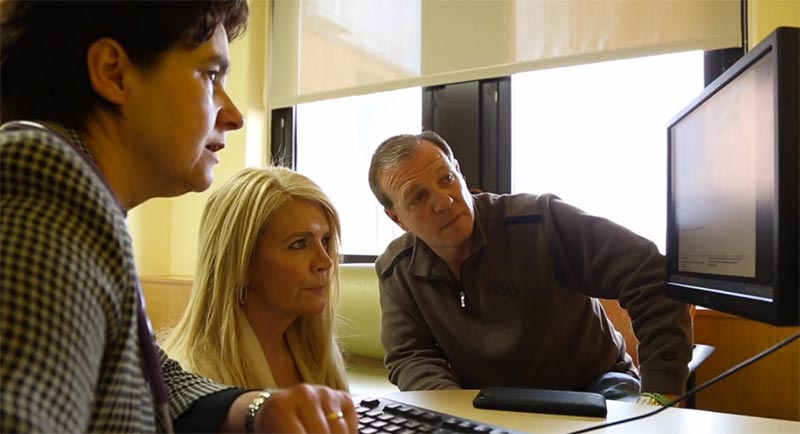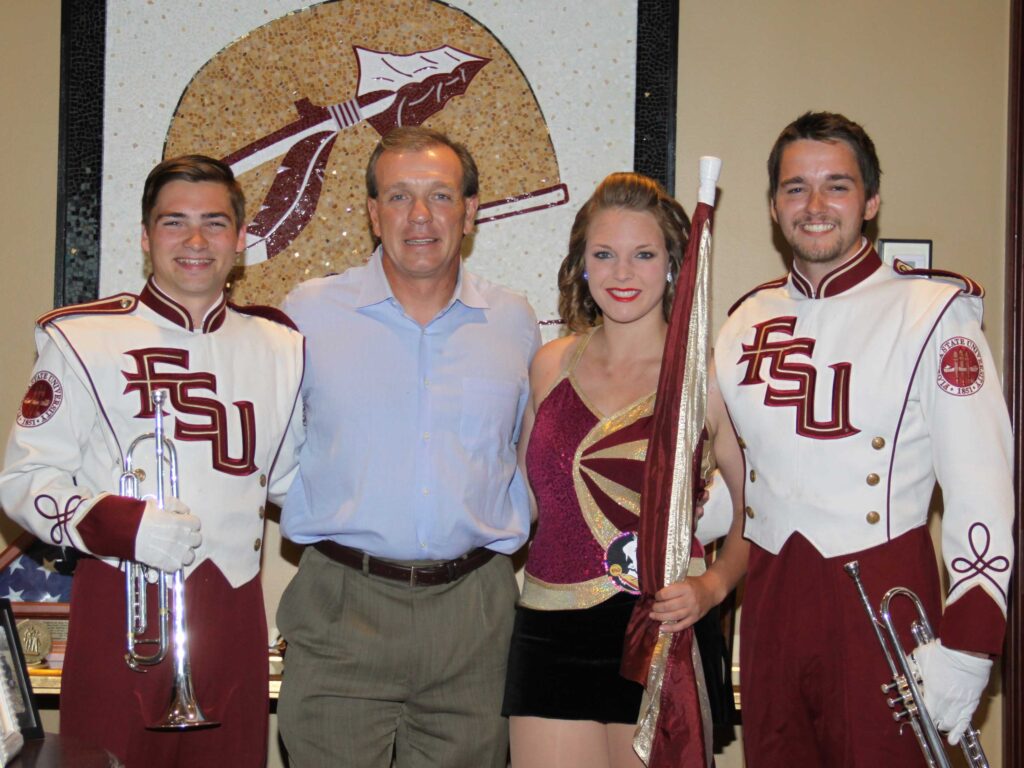Major Donor for Kidz1stfund Receives Humanitarian Award
Jerry Haffey Sr., CEO and Founder of Ambrosia Treatment Center is the winner of the Humanitarian Award from the Harold and Carole Pump’s Cancer Foundation for his passionate and courageous work in the health field.
“Jerry became part of our network of reliable and generous friends two years ago,” expresses Dana Pump, Co-Founder the foundation. “Jerry has such a great passion for helping others and is a great friend. He has supported families who weren’t able to afford treatment, and as a result, he has given them more than just treatment. He has given them hope. Every worthy cause needs people like Jerry.”
A Passion for Ending Addiction

Jerry’s passion for compassion stems from his enduring desire to leave this world better than he found it. Jerry began helping others working as a registered nurse in his native Philadelphia. Caring for the sick and wounded, he found reward in being connected to others on such an intimate basis.
While married with two children, Jerry made a pivotal decision that propelled him further into altruism. Illicit substances were grabbing hold of the inbound patients entering his hospital wing. After witnessing many succumb to the exhaustive fight of addiction, he became aware of the spreading epidemic. In fact, 23.5 million people over the age of 12 needed treatment for a drug or alcohol use, according to the National Institute on Drug Abuse (NIDA). With a sincere desire to make a difference, Jerry relocated his family to South Florida and opened a small business to fight the crisis head-on.
Jerry’s business has become a nationwide drug and alcohol rehab refuge, awarding free scholarships to nearly 500 suffering addicts. Ambrosia Treatment Center started with 10 employees and 20 beds, but now has 5 locations in multiple states and over 225 employees.
“Jerry has assisted thousands of individuals afflicted with debilitating illnesses. He has helped bring back not only life but the quality of life for them and their families.” – Dr. Sal Raichbach, Chief Clinical Director at Ambrosia Treatment Center.
Most recently, Jerry launched an entire department dedicated to educating and supporting the loved ones affected by addiction.
In his own words, “I’ve seen the families in the waiting rooms of hospitals, stricken with grief, confusion and not knowing where to turn. The Wellness team helps better educate, support and guide these families. After all, addiction is truly a family disease, and a loved one’s healthy involvement in the process is proven to increase chances of lifelong recovery.”
A Passion for Getting Involved
Along with his business, Jerry’s network and compassion continued to grow. He knows how important it is to have support, guidance and positive influence whether battling addiction, rare diseases or even an underprivileged upbringing.
At a fundraising event, Jerry met Hall of Famer and University of Kentucky Men’s Basketball Coach, John Calipari. Jerry began to support Coach Cal’s non-profit efforts to enrich the lives of local, disadvantaged children.
“Jerry’s influence affects everyone who he comes to know. He always finds ways to selflessly do more for others. I’m honored to call him a friend,” Coach Cal stated.
Jimbo Fisher, the award-winning head football coach at Florida State University, has also worked closely with Jerry. His charity works to find a cure for the rare disease Fanconi Anemia. Without support from individual donors like Jerry, afflicted families would be left with little hope.
“Words cannot explain how thankful I am for Jerry’s generosity and commitment to Kidz1stFund,” comments Jimbo.“Jerry has joined in our pursuit for a cure as if it were his own child affected. He is a phenomenal person and humanitarian, as well as a great friend, and I am forever grateful to have him on our side.”
The Pump Foundation
Jerry partnered with brothers Dana and David Pump, Founders of the Harold and Carole Pump’s Cancer Foundation, in late 2013. The foundation was named after their father, who lost his battle to cancer, and their loving mother who followed shortly after. When their father only had six months to live, the brothers used their parent’s influence of giving back to the community as the spark that started their burning desire to help that has lasted fourteen years.
The non-profit charity is one of its kind, not only creating awareness for the treatment and cure of cancer but, most significantly, assisting patients and their families with payment for services and equipment. Dana and David founded the Harold and Carole Pump Department of Radiation Oncology in California’s Northridge Hospital, providing research and treatment for people afflicted with various types of carcinoma.
“I became friends with the Pump brothers after seeing their tremendous aspirations for cancer research.” Jerry Sr. confirms. “We share the same mutual interest in helping people who need it most. It gives us satisfaction in life.”
The brothers have gained supporters from sports leaders and A-list celebrities touched by the disease, such as actor Denzel Washington and basketball Hall of Famer Bob Knight. The foundation has raised more than $7 million for the development of cancer treatments, programs, and services. Jerry Haffey Sr. became one of the most notable and honorable contributors to the Pump Foundation, sponsoring events and creating philanthropic relationships of a lifetime.
“He’s contributed his time, energy and resources to support our cause and without him, our accomplishments wouldn’t be the same. Just as he supports our endeavors, we fully back Jerry in every possible way,” Dana states.
The award will formally be presented at the foundation’s 16th annual golf tournament and dinner on August 12th, 2016.




